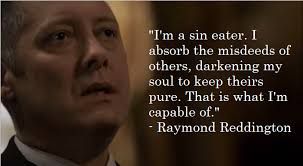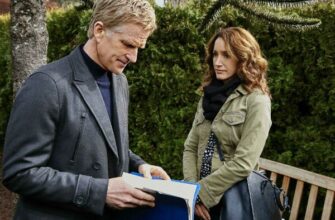NOTE: This is the spoiler-free analysis of House of Cards, Season 3, but with Season 1 and 2 spoilers.
As with any “based on the BBC original” series, the American version of House of Cards veered from the original a bit in the first two seasons. Some of this discrepancy owes to the difference between the British parliamentary system and the American “three branches” structure. It would have seemed strange for Francis Urquhart to take more than one season to rise to Prime Minister from whip; however, with the separation of powers across the pond, Frank Underwood (played so memorably by the great Kevin Spacey) must traverse the Gerald Ford path, hopping to the executive branch when the vice presidency is vacated at the end of Season 1 and taking the promotion to the Oval Office at the end of Season 2 when he secretly instigates the scandal that eliminates the man above him.
So while two of the three British seasons of the program featured the antihero protagonist dispensing with rivals while on top, everything that we’ve seen until now on the Netflix version saw the bad guy still working his way up the ladder. As such, with Frank Underwood now at the head of government (“God help us,” as he memorably intones to the camera midway through Season 3 at the thought of a lesser hack succeeding him in office), Season 3 was set up to be something completely different from what we’ve seen.
The other most important feature distinguishing this season from those that came before involves the absence from Frank’s side of his most important aide/henchman, Doug Stamper (played by Michael Kelly). When we last saw this indispensable creeper, he was being pounded with a rock in the head by onetime call girl Rachel Posner (played by Rachel Brosnahan), who feared for her life at his hands. In the spirit of keeping this column spoiler-free, let it be noted that Kelly reappears this season, but whether that’s in ghost, flashback or “real” form won’t be revealed here. But all fans of the show know that, like Frank and Doug, the program doesn’t tolerate loose ends – so Rachel’s heart-rending attempts to escape the consequences of her actions are intense indeed.
Frank’s curious lack of mojo as Commander-in-Chief, at least relative to his peerless string-pulling in the first two seasons, demonstrates how badly he misses having Stamper by his side. Of course, the arrogance in him that keeps growing exponentially during his young presidency blinds him to the need for a Stamper-like presence – until a dramatic reversal late in the season. But before that point, he alienates two key allies and suffers setbacks in his dealings with Vladimir Putin knockoff Viktor Petrov (played by Lars Mikkelsen) and even his own wife Claire (once again played in alternating icy and passionate manners by Robin Wright).
Jockeying with the Russian president on different fronts occupies the primary foreign policy subplot for the season, while the domestic issue du jour is Frank’s large-scale jobs bill, America Works. The reluctance of Congress to move the measure forward causes him to take extreme measures to get at least part of it in place – with consequences invariably following. Additionally, Frank tries to maneuver a potential Supreme Court opening into the sidelining of a potential rival in his re-election efforts. And his attempt to persuade an author to write an admiring portrait of him for the 2016 race ends up injecting tension into a marriage that Claire’s new job as UN Ambassador has already larded with trouble. A series of other incidents – an ill-fated special forces mission in the Jordan Valley, the ultimate decision made by a jailed gay American activist in Moscow, Frank’s fateful early-season address to the nation and an Iowa debate for the ages – help to shape a season crackling with consequences.
Returning characters include Seth Grayson (played by Derrick Cecil), Vice-President (!) Donald Blythe (played by Reed Birney), former rib-cooker Freddy Armstrong (played by Reg E. Cathey), Edward Meechum (played by Nathan Darrow), Gavin Orsay (played by the always-awesome Jimmi Simpson), Remy Danton (played by Mahershala Ali), Jackie Sharp (played by Molly Parker), Lisa Williams (played by Kate Lyn Sheil), Catherine Durant (played by Jayne Atkinson), Heather Dunbar (played by Elizabeth Marvel), Ayla Sayyad (played by Mozhan Marno), Hector Mendoza (played by Benito Martinez) and the wonderfully greasy Bob Birch (played by Larry Pine). The most prominent cast additions are star novelist Thomas Yates (played by Paul Sparks) and the decorated aggressive journalist Kate Baldwin (played by Kim Dickens).
Overall, this is a season that doesn’t require as much suspension of disbelief in terms of machinations like Frank’s murder plots, but it does take some in terms of the workings of the political system. Nevertheless, this has never been a program that has promised C-SPAN-like fidelity to the realities of American civics, so it’s not fair to grade it in large part on that basis. While it’s hard to pick which of the three seasons of House of Cards has been the best, it’s reasonable to argue Season 3 for that designation – which is why you need to see it quickly if you’re a fan of the show and haven’t yet begun to watch it.








